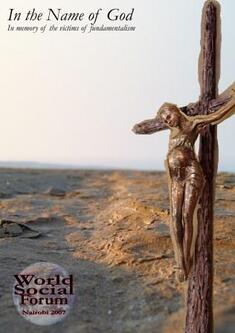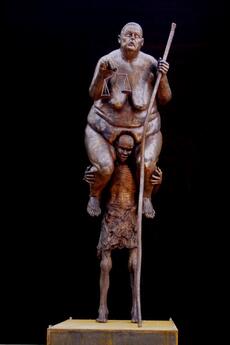|
A picture is worth 1000 words
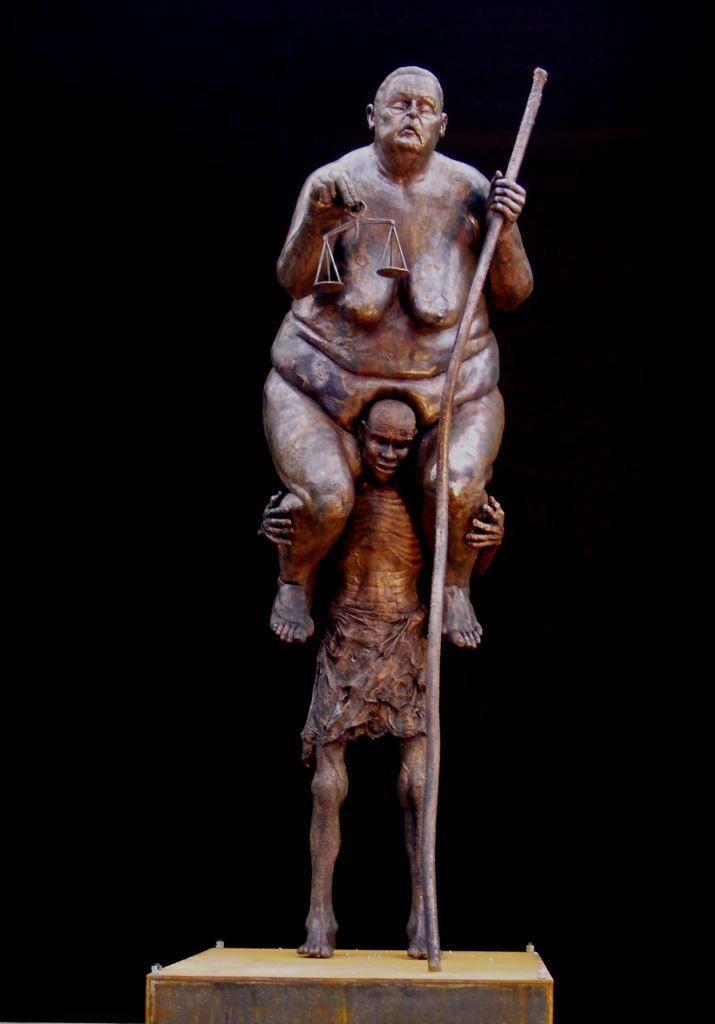 Photo: Survival of the Fattest, Jens Galschiot (2002)
“I'm sitting on the back of a man. He is sinking under the burden. I would do anything to help him. Except stepping down from his back”
Dear
A picture is worth 1,000 words according to an old saying. In my opinion that goes for works of art too!
I am often contacted by organizations, journalists, debaters, enthusiasts, researchers, writers etc. from around the world who ask, if they can use pictures of my sculptures to illustrate their written words or as a symbol on a debate, they want to raise. Sometimes in countries where the word is not free and where works of art can instead be used as a symbol on something that is illegal to put into words.
And because pictures and works of art are worth a 1000 words, I hereby give my works of art free so that they can speak for themselves. All images of my artwork can thus be downloaded and used freely for all non-commercial purposes without copyright.
Jens Galschiøt (17.11.2020)
As part of the "A work of art says more than 1,000 words" campaign, we will therefore regularly focus on one of Jens Galschiot's most iconic works of art and share photos that can be freely used.
The above and below images in high resolution and other images of the artwork can be downloaded here:
|
||
|
SURVIVAL OF THE FATTEST (2002)
The 3,5 meter high sculpture depicts a colossally overweight Justitia (goddess of justice), holding the weights of justice in her right hand, while being carried on the shoulders of a starved African man.
With closed eyes Justitia says: “I'm sitting on the back of a man. He is sinking under the burden. I would do anything to help him. Except stepping down from his back”. The pronunciation is written on the plinth of the sculpture.
Galschiøt got help from the sculptor Lars Calmar to create the large female sculpture.
The sculpture portray the unbalanced distribution of the worlds recourses, where the rich live comfortably and oppress the poor by means of a biased and unjust system of global trade. The discriminating trade policy is enforced to keep the poorest countries out of competition.
It is one of Galschiøt’s most famous sculptors and two models of the large sculptor and many small versions have been made.
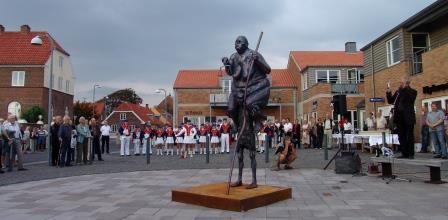 Exhibitions
Survival of the Fattest was presented on Copenhagen city hall in 2002 together with Mellemfolkeligt Samvirke concerning the Global Trade Policy.
It was part of one of Galschiøt’s art projects, “7 meter”, which was launched at the UN’s 15th climate conference (COP15) in December 2009 in Copenhagen. The sculpture was placed in the harbour at Langelinie next to the internationally known landmark, The Little Mermaid. The location secures the statue and its message international attention.
The sculpture has been exhibited in countless places, for example, at the WTO summit in Hong Kong and at the conferences of the European Social Forum in Paris and London.
The sculpture is globally known and many Brazilians know it, as it has been shared over 500.000 times on Facebook mainly in Brazil. It has become a symbol of corruption and double standards.
At Ringkøbing Art Association’s 40th anniversary the citizens raised money to buy the sculpture, which is now permanently erected at Ringkøbing harbour.
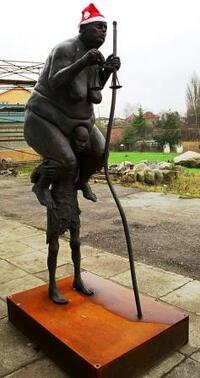 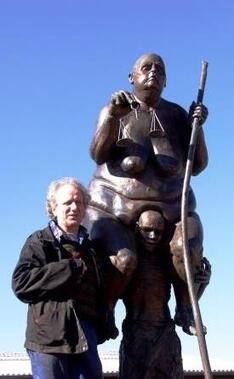 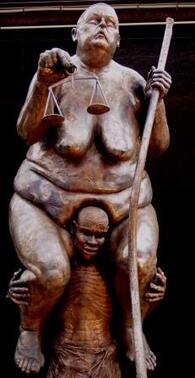 |
||
|
||
|
This mail has been sent from the sculptor Jens Galschiøt's workshhop.
Contact to the workshop:
Galleri Galschiøt
Banevænget 22 5270 Odense N Tlf : (+45) 6618 4058 Fax:(+45) 6618 4158 Overview over Galschiøt sculptures
Portrait of a sculptor Jens Galschiøt (PDF)
******************************************
******************************************
Subscrition and unsubscription of informations from Jens Galschiøt
If you want to be unsubscribed from this infolist, then click here: Unsubscribe
If you want to update your name, e-mail etc. on this list, click here: Change Profile
If you want to subscribe this infolist, then click here: Subscribe to Galschiøts infoliste
|
